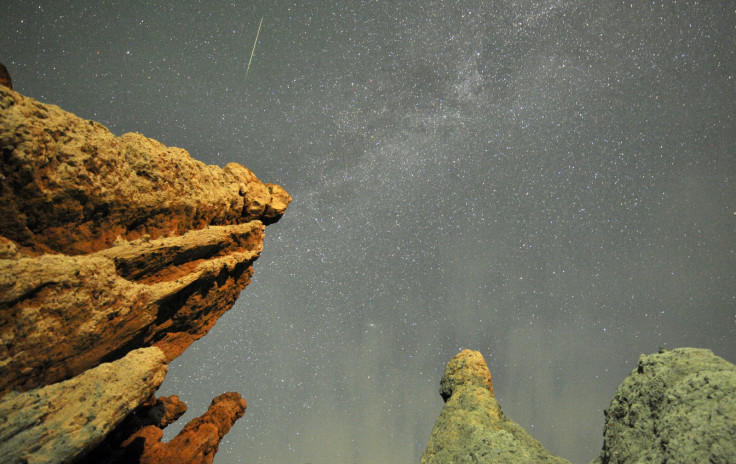Perseids 2015: This year's meteor shower to be especially impressive, scientists says

This year's Perseid meteor shower is forecast to be "rather impressive", a planetary scientist has said. The annual shooting star display will peak between 11 and 14 August, with most meteors visible between midnight and dawn.
The Perseids is one of the biggest and brightest meteor shower of the year for the Northern Hemisphere. Normally, the shower produces between 50 and 100 meteors per hour, but this year is expected to particularly dazzling. A Nasa advisory for this year's show predicted up to 100 meteors per hour.
At present, forecasters are predicting clear nights for many parts of the UK – areas of the midlands and south-west are cloud-free on the early hours of 11 August, while Wales and the north should be clear the following night. Coupled with this, the waning crescent moon means it will be especially dark – so the meteor shower should be even more impressive.
Matthew Benjamin, a planetary scientist and education program manager at the University of Colorado Boulder, said: "The Perseids are a pretty consistent meteor shower, but it's the moon that really makes a good or bad show. The moon phase should be quite beneficial to seeing the meteors this year."
He said a dark area away from cities is the best place to watch the shooting stars. "Find a real nice dark place that has an eastern view that's not obscured and doesn't have a lot of city lights looking to the east," he said. "This year should be a rather impressive one. Some of the forecasts are saying that this is going to be a large burst of meteors so you could see quite a few."
Nasa also noted: "If you see one meteor shower this year, make it August's Perseids or December's Geminids. The Perseids feature fast and bright meteors that frequently leave trains, and in 2015 there will be no moonlight to upstage the shower."
© Copyright IBTimes 2025. All rights reserved.






















